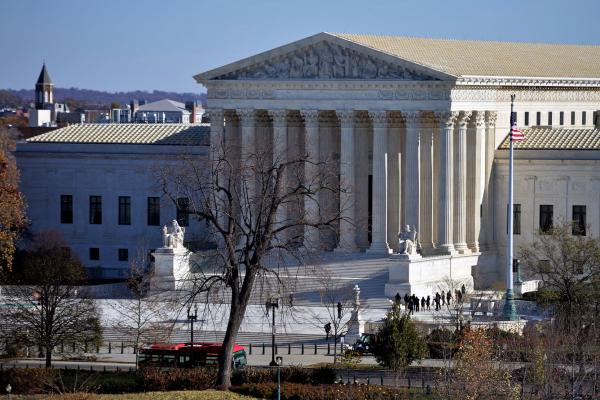
WASHINGTON, April 4 (UPI) — The Supreme Court on Monday unanimously ruled that states may continue dividing legislative seats according to total population instead of only eligible voters.
In the Evenwel v. Abbott decision, the justices ruled against a challenge to a practice established nationwide in the 1960s in which districts are drawn counting total population. The lawsuit argued that only eligible voters should be counted for district drawing, which would have ignored non-voting citizens such as children, immigrants and felons.
The “one person, one vote” case could have helped Republicans by increasing the number of rural, predominately white districts at the expense of urban, mostly Hispanic districts. States like Texas, California, New York New Jersey and Nevada would have been among the most impacted.
“Total-population apportionment meets the equal protection demand, by rendering each representative alert to the interests and constituent-service requests of all who dwell in the representative’s district,” Justice Ruth Bader Ginsburg’s decision said.
Conservative justices Samuel Alito and Clarence Thomas, who concurred with Ginsburg’s decision, said that the decision on choosing a method of how political maps are drawn rests on the public, stating that the Constitution does not require an approach.





